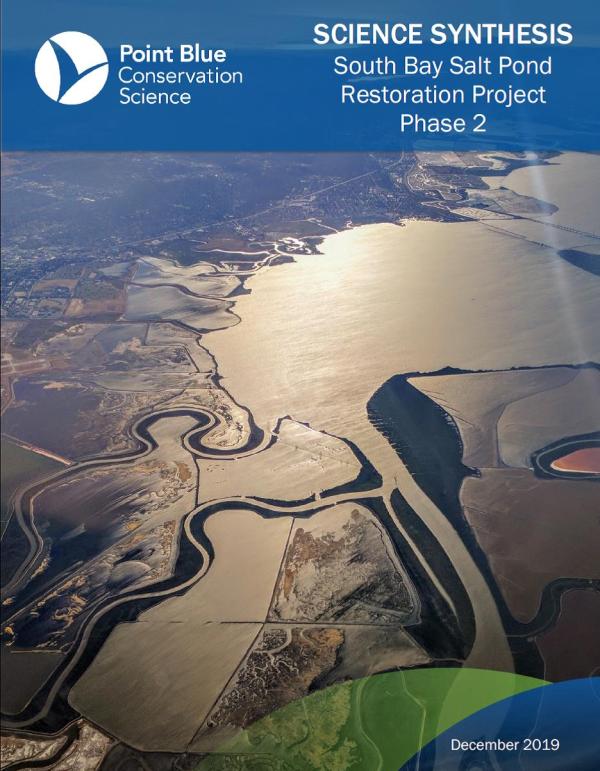The San Francisco Estuary contains some of California’s most important ecosystems, providing human communities with invaluable benefits ranging from commercial fishing, recreation, pollutant filtration, strengthened shorelines, and habitat for diverse species including many endangered and endemic species. The people of San Francisco Bay value these benefits and as such, in an attempt to recover massive losses that occurred historically, have invested in the restoration of vast acres of baylands to tidal marsh and other productive habitats. Bay Area voters passing the $500 million Measure AA parcel tax in 2016 exemplifies the strong community support for protecting and restoring the Bay’s wetland habitats.
As the largest tidal wetland restoration project on the West Coast, the South Bay Salt Pond Restoration Project plays a critical role in protecting and restoring the Bay. When complete, the Project will have restored 15,100 acres of industrial salt ponds to a rich mosaic of tidal wetlands and other habitats. The project objectives are to: restore and enhance a mix of wetland habitats, maintain existing levels of flood risk management, provide wildlife-oriented public access and recreation, maintain or improve water and sediment quality in the South Bay, protect special status species, limit the spread of non-native invasive species, and protect the services provided by existing infrastructure.
All restoration activities implemented by the Project are guided by and inform its Adaptive Management Plan. The AMP established the project objectives listed above and developed restoration targets relating to each objective. Further, the AMP defined a set of Key Uncertainties as gaps in knowledge around South Bay ecosystem functioning or restoration that significantly hinders the ability to achieve project objectives. The Project commissioned a set of science studies that were completed during Phase 1 of the Project focused on addressing these Key Uncertainties. Valoppi (2018) summarized the results of these studies and found that some of the Key Uncertainties identified in the original plan have been answered to varying degrees.
This synthesis refines the Key Uncertainties to pinpoint elements that still need to be addressed in order to move the project forward to achieve project objectives. Our approach was to gather information from publications, reports, and presentations relevant to the Project that have become available since the Phase 1 Science Summary by Valoppi (2018). We also conducted interviews with key researchers and stakeholders to include the latest information available. In addition, we synthesize information and results from other efforts throughout the Estuary and beyond that have a nexus with the Project to inform future discussions about integrating with those efforts. This science synthesis will, along with a climate change synthesis, be used to inform science framework for the project. The science framework will guide and prioritize future studies and monitoring for the Project. The Phase 2 science will ultimately provide the scientific foundation for the types of implementation that is proposed for Phase 3 of the project. The chapters herein are thus structured around eight thematic groupings of the Key Uncertainties from Valoppi (2018).
This science synthesis has three main goals: 1) to expand upon the status of current Applied Studies and monitoring associated with wetland restoration efforts that are underway and have taken place since the Phase 1 Science Summary, 2) identify gaps in our current knowledge of the system and additional studies required to fill these gaps, and 3) identify opportunities for increasing efficiencies in monitoring, modeling and analysis through regional and cross disciplinary integration and use of emerging technologies to more efficiently capture needed data.




